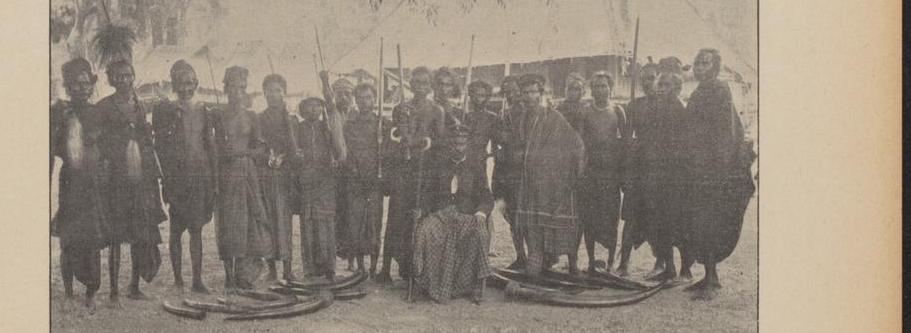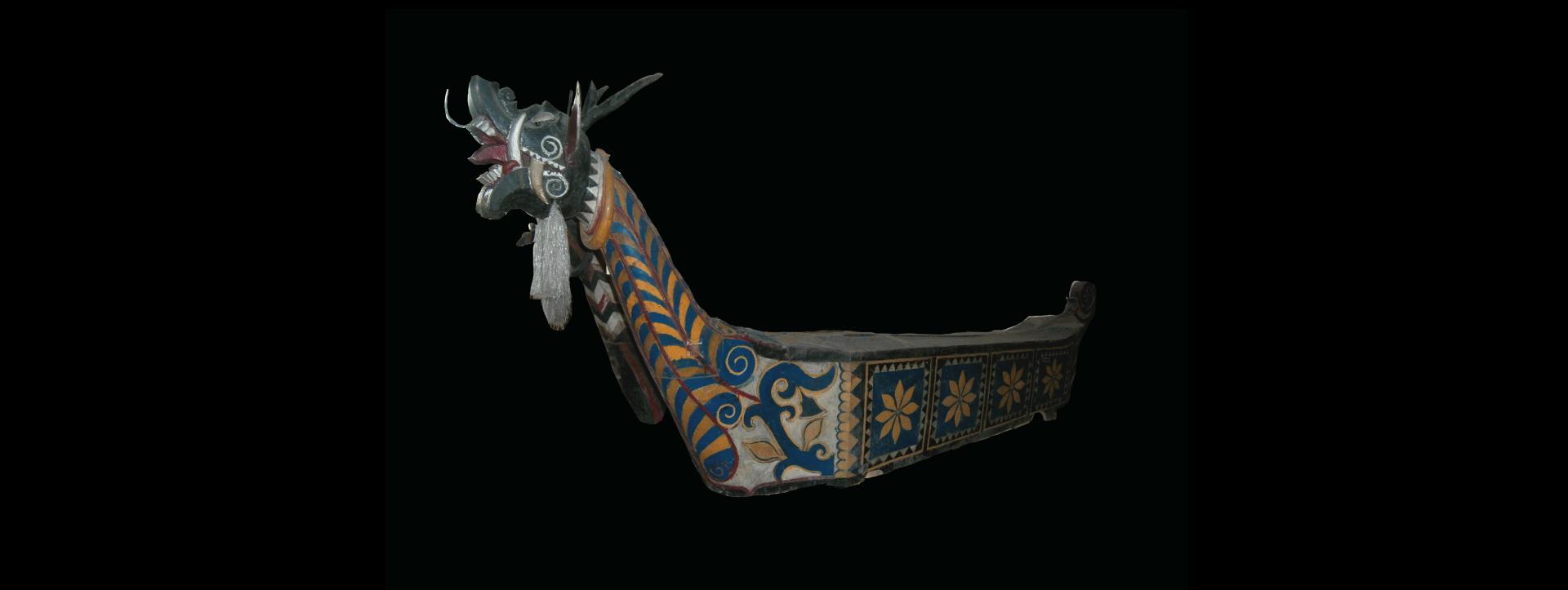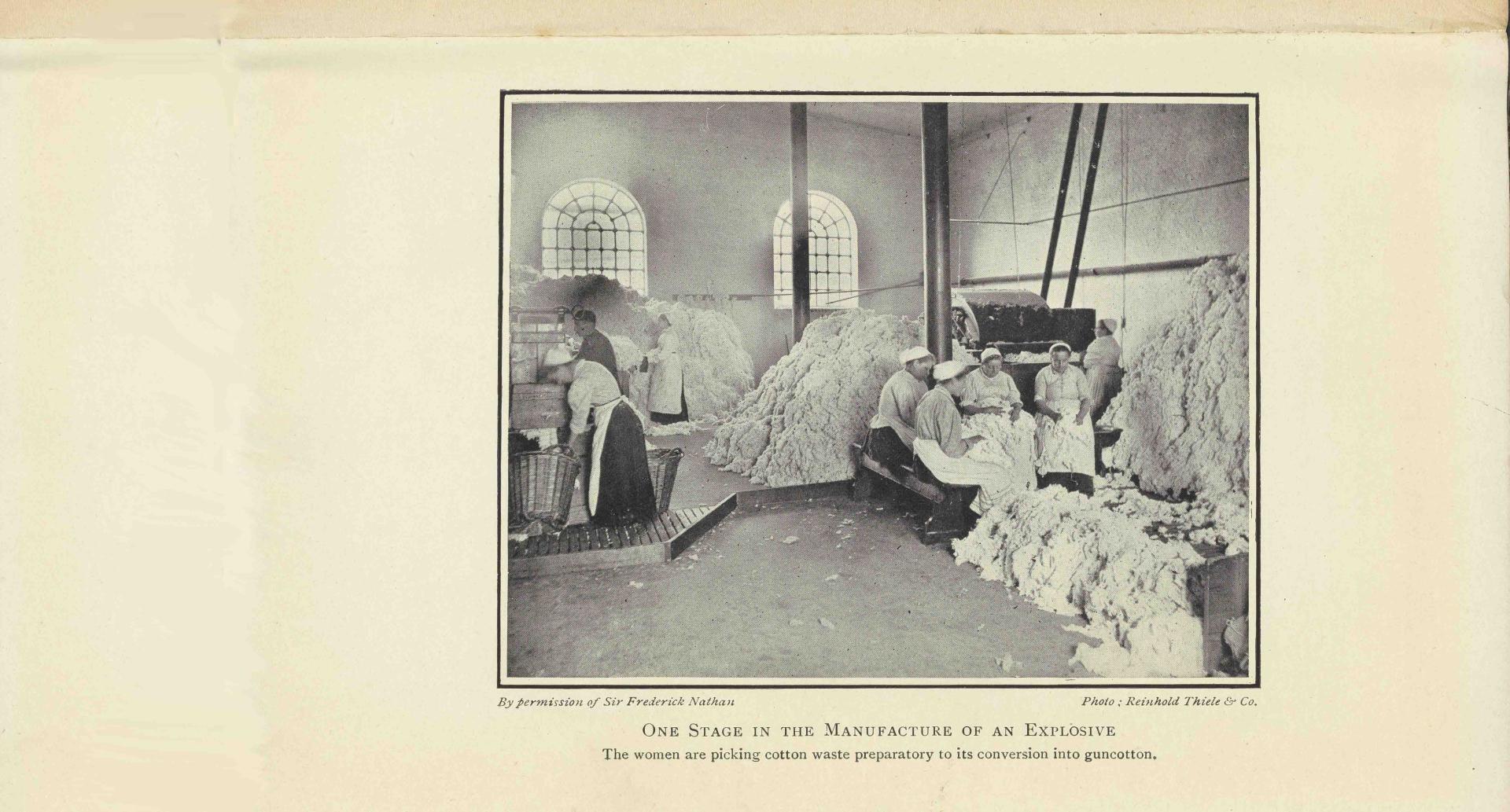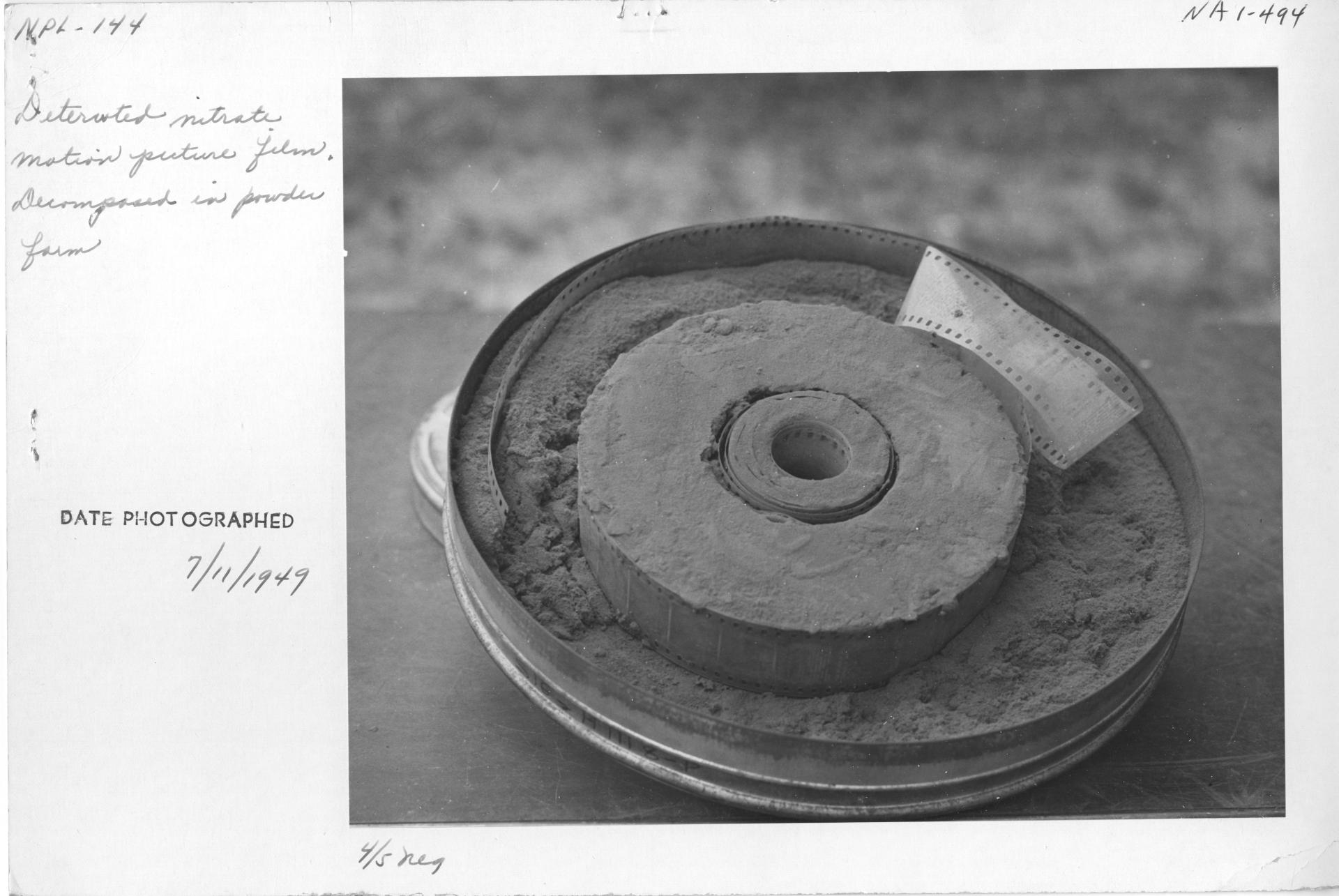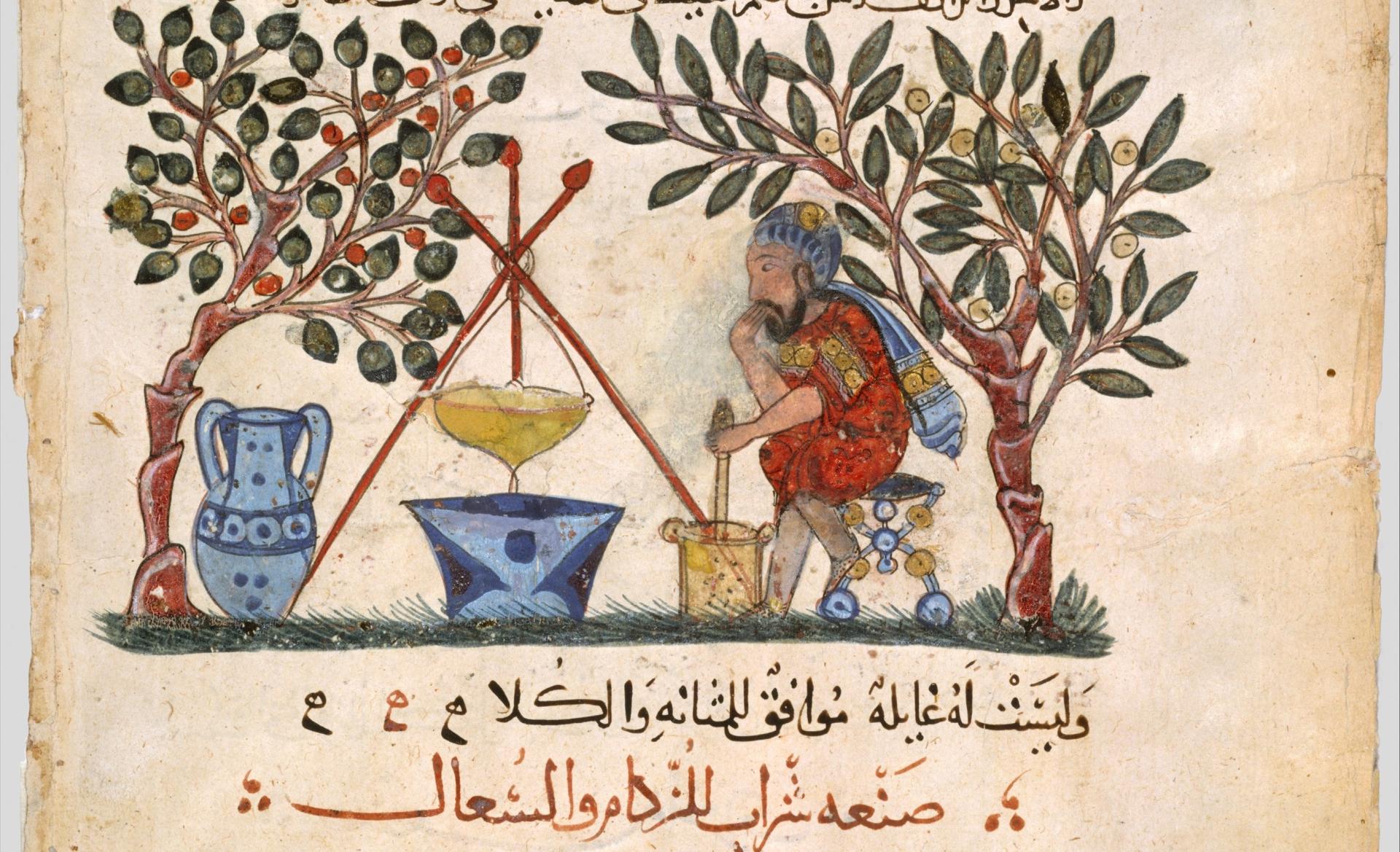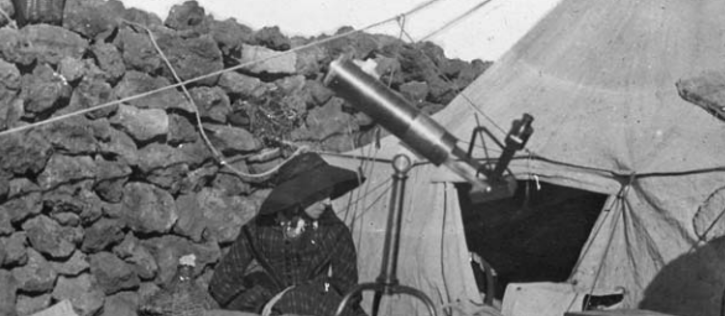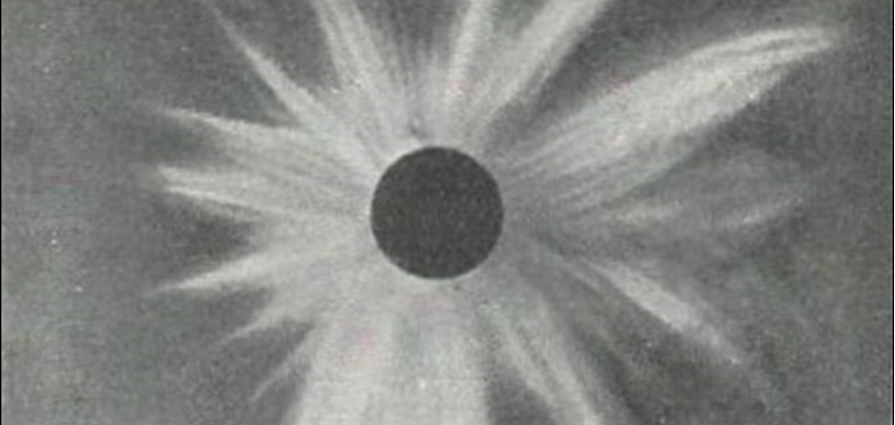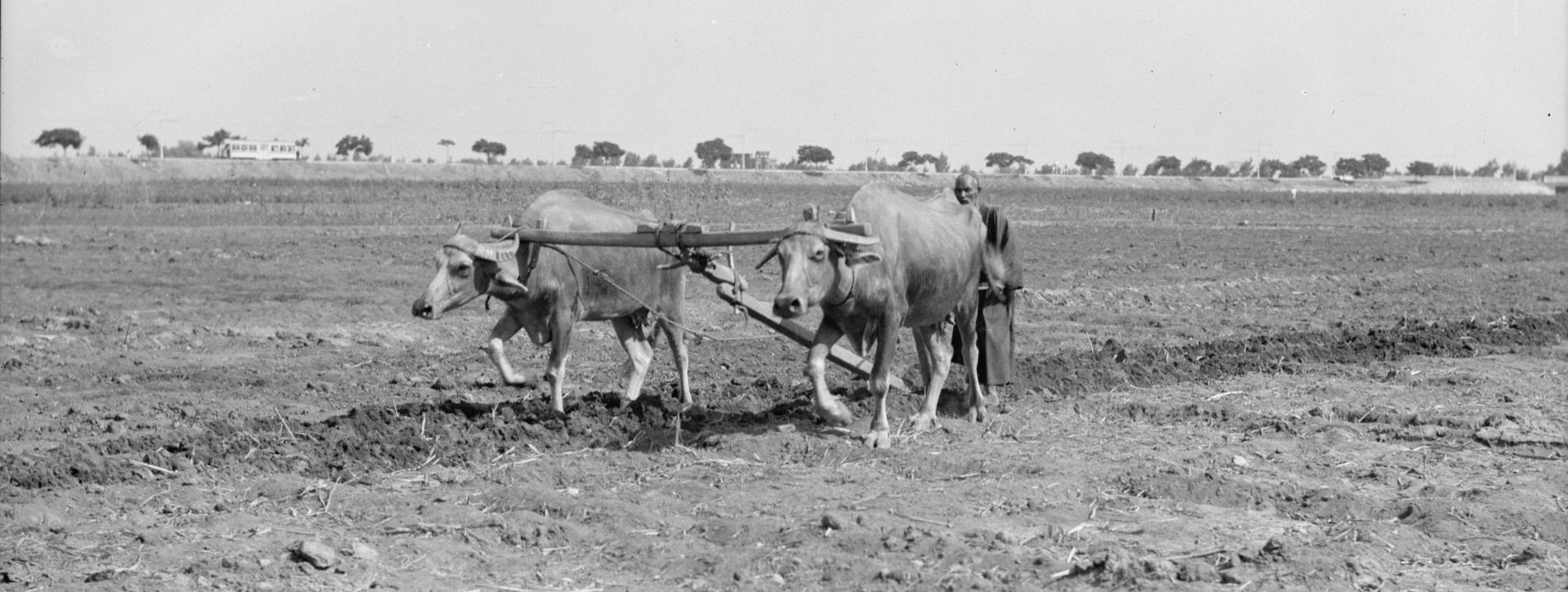Beyond Leaves: Cultivating Knowledge in Books of Hours (1470–1520)
Clara Marie Kahn’s project examines plant images in books of hours, taking an art historical approach to explore how they shaped and conveyed knowledge about nature in late medieval and early modern Europe.
These illuminated prayer books offer an immense range of visual representations of nature. Their depictions of plants always involve engagement with the natural world, fostering multiple forms of knowledge through observation, abstraction, and the use of natural resources. Within their religious context, the books themselves cater to distinct knowledge cultures: reading practices, spiritual literacy, and aesthetic praise.
The project explores the diverse forms of knowledge conveyed by plants in prayer books to their readers, owners, and creators. Contending that these representations hold meaning beyond religious symbolism, it studies their entanglement with horticulture, botany, and political networks, further examining the reciprocity between artistic and artisanal knowledge and early modern natural science.
Clara Marie holds a BA in art history and theater studies and an MA in art history from Freie Universität Berlin. Her research focuses on the materiality and practices of illuminated manuscripts in the late Middle Ages.
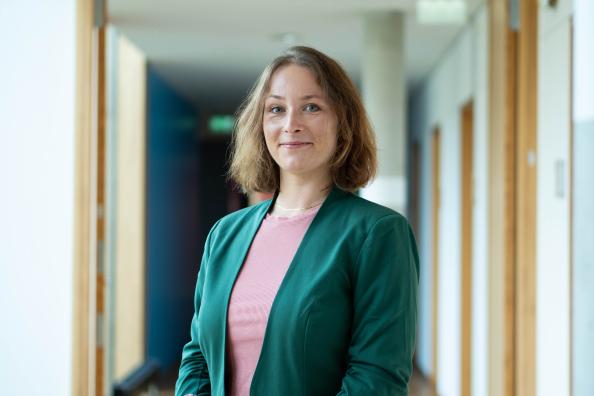
Image 1: Beginning of the ‚Hours of the Virgin‘ with miniature and illuminated floral border, including vines, violets, strawberries, people and various animals (© Horae ad usum romanum, France, 15th Century, Bibliothèque nationale de France, Paris, Département des Manuscrits, Latin 1156B, folio 31 recto. gallica.bnf.fr).
Image 2: Psalms with an image of a origanum species with the Latin description „Origanum“ and a lady bug (© Horae ad usum romanum (Grandes Heures d’Anne de Bretagne), France, 1503-1508, Bibliothèque nationale de France, Paris, Département des Manuscrits, Latin 9474, folio 100 verso. gallica.bnf.fr).
Image 3: Beginning of a prayer to the Virgin Mary with an image of a cucurbita species with the Latin description „Colloquitida" and a caterpillar (© Horae ad usum romanum (Grandes Heures d’Anne de Bretagne), France, 1503-1508, Bibliothèque nationale de France, Paris, Département des Manuscrits, Latin 9474, folio 161 recto. gallica.bnf.fr).
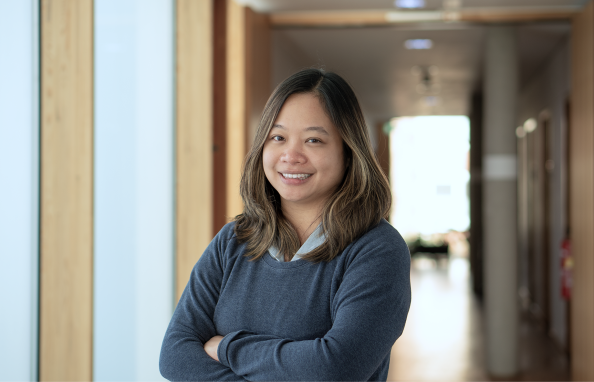
dsuryandari@mpiwg-berlin.mpg.de
Image 1: Photo of a painting by Ahmad Dean that depicts the Flores mythology and tradition (© Hananingsih Widhiasri 2022, Museum Bikon Blewut Ledalero).
Image 2: De Radja van Sika omgeven door eenigen zijner Krijgers (King of Sika surrounded by some of his warriors) photographed by Jesuit missionary Antonius Ijsseldijk in 1899 (© Archive of the Indonesian Province of the Society of Jesus).
Image 3: The Nifolasara Coffin was used in South Nias to bury a nobleman (© Fao Laia 2023, collection of the Museum Pusaka Nias).
Contestation of Knowledge in the Collection and Exhibition of Indigenous Objects by Catholic Mission Museums
By asking how ethnographic museums founded by Catholic missionaries have interpreted collection objects, Dwirahmi Suryandari’s project explores the ways in which knowledge is produced and contested.
The arrival of Catholic missionaries in the Indonesian archipelago starting in the sixteenth century, and their interaction with local communities, resulted not only in the spread of the new religion, but also in a shift within the local material and immaterial culture. As well as evangelizing, missionaries were collectors and ethnographers, meaning that they played a crucial role in cultural interpretation.
Through the lens of postcolonial discourse in museum studies and missiology, using a combination of archival and ethnographic research, the project investigates how knowledge has been produced, re-produced, and circulated through the collection, documentation, and presentation of objects in two museums in Indonesia: the Nias Heritage Museum in Nias, North Sumatra, and Museum Bikon Blewut in Flores, East Nusa Tenggara.
Dwirahmi has an MA in world heritage studies from Brandenburgische Technische Universität, Cottbus. She worked as a museum and heritage specialist at Southeast Asia Museum Services, where she was involved in projects related to World Heritage status nomination and management and significance assessment for collections belonging to museums across Indonesia.
Nitrocellulose: A Material History of the Humanities
Jonathan Haid’s project examines the material nitrocellulose in the history of the nineteenth- and twentieth-century humanities, with special attention to the relationship between media technologies and the raw materials of which they were made.
The project asks about the structures of extraction, appropriation, transportation, and processing of the raw materials—cotton, saltpeter, camphor, and more—of nitrocellulose and related media. It focuses on two media technologies that were enabled by nitrocellulose: the photographic collodion process and cinematography. What were the environmental, economic, and industrial contexts of this transformation of raw materials into knowledge media? And as resources of knowledge, how did these complex networks impact upon the epistemes of the humanities?
Examining archaeological photography produced by the German Archaeological Institute and the use of celluloid film stock by the Institute for Cultural Research in Berlin, Jonathan’s project explores working practices and knowledge techniques within the humanities.
Jonathan studied cultural studies at Leipzig University, and earned his MA in cultural history and theory from Humboldt-Universität zu Berlin (HU Berlin). His PhD project also forms part of the DFG-funded research project “Raw Materials of the Humanities” at HU Berlin.
Publications & Presentations
Articles:
Haid, Jonathan (2023). “The Raw Materials of Celluloid Film: Wartime Economy, Educational Animation, and Film’s Plasticity.” In: Research in Film and History, no. 5, Issue: Educational Film Practices.
Haid, Jonathan (2018). “Richtungshörer im Ersten und Zweiten Weltkrieg. Auditive Wissenstechniken zwischen Experimentalpsychologischer Forschung und Kriegstechnologie.“ In: Eintauchen / Auftauchen, edited by Bild Wissen Gestaltung. Ein Interdisziplinäres Labor. Berlin.
Haid, Jonathan (2017). “Der Klang des kranken Körpers. Ein kulturhistorischer Einblick in die Didaktik der Auskultation.” In: bewegen – übersetzen – anstoßen, edited by Bild Wissen Gestaltung. Ein Interdisziplinäres Labor, 64–71. Berlin.
Presentations:
April 2024 with Lotte Schüßler: “Stoffliche Provenienzforschung. Geschichten von Medien, Materialien und Wissenschaften,” as part of the lecture series “Methoden der Mediengeschichte: Welche Medien, welche Geschichte/n?," Humboldt-Universität zu Berlin.
March 2024: “Zelluloidfilm: Extraktive Materialitäten,” at the FFK37: Film- und Medienwissenschaftliches Kolloquium 2024, Goethe-Universität Frankfurt am Main.
November 2021 with Viktoria Tkaczyk and Lotte Schüßler: “The Humanities, Media, and Their Material Provenance.” As part of the lecture series “Dis/Entangling Perspectives in Material Research,” Humboldt-Universität zu Berlin.
September 2021: “Kulturforschung mit Zelluloid: Kolonialhandel, Rohstoffe, Film,” annual conference of the Gesellschaft für Medienwissenschaft, Universität Innsbruck.
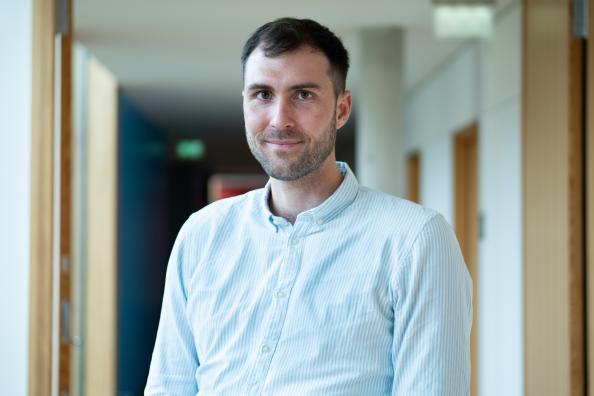
Image 1: Application of collodion, a product of nitrocellulose, to a glass plate as part of the photographic collodion wet plate process, with the silver nitrate bath as the final step (© Unknown (1883). "La Photographie," in: Le Magasin pittoresque 31: 192).
Image 2: Female workers picking cotton waste for its conversion into nitrocellulose (© Philip, James C. (1910). The Romance of Modern Chemistry, London: Seeley, 170).
Image 3: A Photograph of deteriorated celluloid motion picture film decomposed in powder form (© U.S. National Archives and Records Administration).
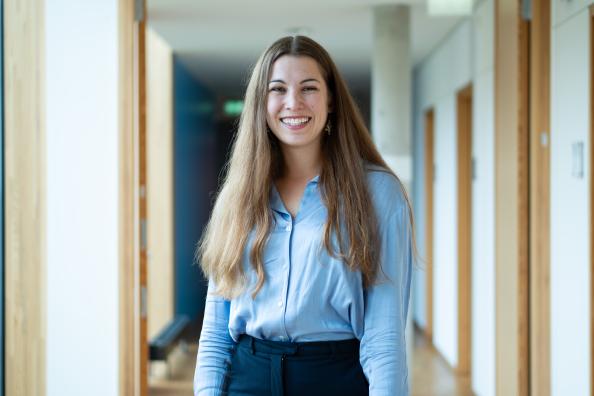
Image 1: "Physician Preparing an Elixir", illustration accompanied by a recipe for treating colds and coughs from Dioscorides' Materia Medica, dated 621 AH/1224 CE (© Metropolitan Museum of Art, Accession No. 13.152.6).
Image 2: A 12th/13th century egyptian mortar that was likely used for grinding spices and herbs for food, medicine, and/or perfumes (© Museum für Islamische Kunst, I. 1486 a).
Image 3: Recipes for sweet dishes including qatayef and lokum, on a folio of Kitāb al-Ṭabīkh by al-Kātib al-Baghdādī (© British Library: Oriental Manuscripts, Or 5099, f. 94v).
Tracing an Epistemic Genre: Premodern Arabic Recipe Collections as Resources of Knowledge
How was theoretical knowledge of practical activities such as medicine and pharmacy, cookery, cosmetics, and ink-making transmitted through premodern Arabic recipe collections?
Leonie Rau’s dissertation project examines a corpus of Arabic recipes from a variety of disciplinary contexts, periods, and regions, treating them as witnesses to epistemic systems and networks. She seeks to understand how recipes and the knowledge contained in them moved across the premodern (ca. 800–1600 CE) Arabic-speaking world and how such knowledge ended up being consolidated or discarded.
The project analyzes the structural, epistemic, and literary features of a range of recipe collections. It pays special attention to strategies of certifying knowledge by attaching labels or the names of known authorities to recipes. Building on theories of authorship and compilation, the project compares parallel redactions of individual recipes found in multiple texts in order to trace interactions between networks of people and knowledge.
Leonie received her BA and MA from the University of Tübingen, where she was a research associate from 2022–2023. She will be conducting her PhD project in affiliation with the Berlin Graduate School Muslim Cultures and Societies.
Publications & Presentations
Articles:
Rau, Leonie (2023). “Even Better Than the Real Thing. Faking Foodstuffs in 13th-Century Syria.” AHA Perspectives on History Daily. https://www.historians.org/research-and-publications/perspectives-on-history/summer-2023/even-better-than-the-real-thing-faking-foodstuffs-in-13th-century-syria.
Rau, Leonie (2023). “What Culinary History Can Teach Us: Tracing Dishes Through the Library of Arabic Literature.” Library of Arabic Literature Blog. https://www.libraryofarabicliterature.org/2023/culinary-history-arabic-literature.
Rau, Leonie (2022). “Recipes for Feasting. Medieval Arab Wedding Banquets.” ArabLit Quarterly 5, no. 3: 94–101.
Rau, Leonie (2022). “A Snake Oil from Tenth Century al-Andalus,” The Recipe Project. https://recipes.hypotheses.org/18336.
Reviews:
Rau, Leonie (2022). “Faiq, Said (Hg.): Arabic Translation across Discourses.” Orientalistische Literaturzeitung 117:4–5, 399–402. doi.org/10.1515/olzg-2022-0120.
Rau, Leonie (2022). “Ghosn, Katia / Tadié, Benoît (Hg.): Le récit criminel arabe/Arabic Crime Fiction,” Orientalistische Literaturzeitung 117:1, 68–70. doi.org/10.1515/olzg-2022-0023.
Presentations:
July 2023: “Compiling Pharmaceutical Knowledge in 10th-Century al-Andalus: The Dispensatory of Saʿīd b. ʿAbd Rabbih,” conference paper, European Association of Biblical Studies Conference, Siracusa.
March 2023: “‘And Let Her Use It’: Women Patients in the Gynaecological Recipes of Ibn al-Jazzār’s Medical Compendium Zād al-musāfir,” conference paper, Forming Words, Forming Things: Changeable Forms across the Mediterranean, 500–950, University of Cambridge.
September 2022: “Chickpeas, Eggs, and Goat’s Hooves: Aphrodisiac Recipes from 14th-Century Cairo,” paper for the workshop Reading Early Modern Recipes in a Digital Age, Queen Mary University of London.
Women in Nineteenth-Century British and American Astronomical Fieldwork
Megan Briers’s project examines British and American women’s involvement in and contribution to astronomical fieldwork across the nineteenth century.
In the early nineteenth century, female relatives often accompanied male astronomers who were members of official parties or undertaking their own expeditions into the field. As the century progressed, more opportunities opened for women to independently travel, observe, and investigate astronomical phenomena, especially with the creation of the British Astronomical Association in 1890.
This project synthesizes archival sources generated during fieldwork, including official expedition reports, records written by women in the field, and the archives of male astronomers. Focusing on the practice of fieldwork, the project will extend our knowledge of female involvement in the physical sciences beyond the usual arenas of “computing” and popular writing work and provide a more nuanced picture of nineteenth-century astronomy that moves away from a sole concentration on male astronomers and their observing practices.
Megan completed a BSc in computer science and mathematics at the University of St Andrews before undertaking an MPhil in history and philosophy of science at the University of Cambridge. Her MPhil thesis assessed scientific instrument making across nineteenth-century Scotland, applying digital humanities methods on a database of scientific instrument makers.
Publications & Presentations
Articles:
Briers, Megan (2024). “Wikipedia and the Portrayal of Collaborative Networks of Nineteenth-Century British Mathematicians," In: Research in History and Philosophy of Mathematics. Annals of the Canadian Society for History and Philosophy of Mathematics/ Société canadienne d’histoire et de philosophie des mathématiques, edited by Maria Zack and David Waszek. Birkhäuser, Cham: 35–46. https://doi.org/10.1007/978-3-031-46193-4_3.
Briers, Megan, Mixie Billina, and Deborah Kent (2022). “Chasing change: the lasting legacy of India's 1871 eclipse,” Astronomy & Geophysics 63, no.1: 1.24–1.29. doi.org/10.1093/astrogeo/atac010.
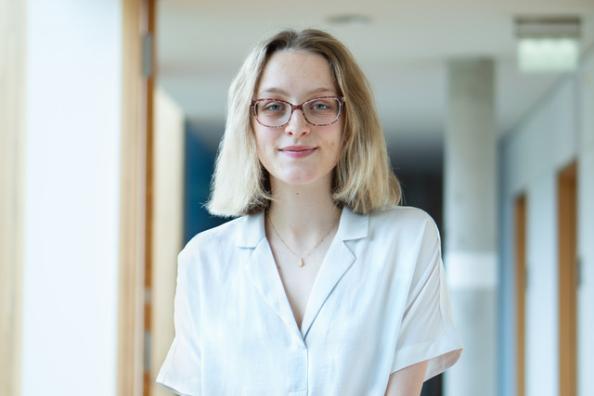
Image 1: Jessie Piazzi Smyth during an 1856 expedition to Tenerife to test how altitude impacted observations (© Brück, Mary (2009). Women in Early British and Irish Astronomy. Dordrecht: Springer, 137).
Image 2: Maria Mitchell (second on left) measuring the rotation of the Sun with her students at Vassar College (© Archives & Special Coll., Vassar College Library, ID 08.09.05).
Image 3: Catherine Steven’s sketch of the 1905 total solar eclipse (© A&G, Volume 57, Issue 4, August 2016, 4.14–4.17, https://doi.org/10.1093/astrogeo/atw146).
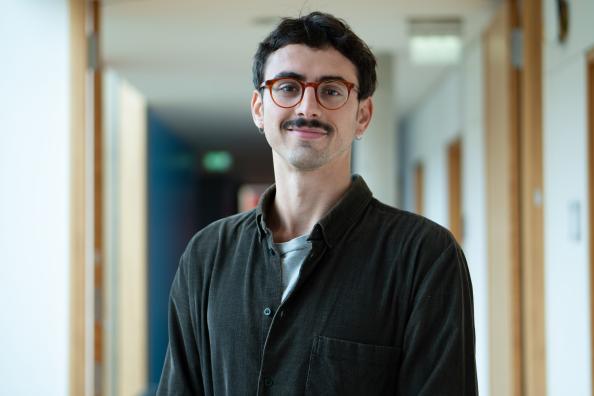
Image 1: The Worldwide Influence of Imperial Chemical Industries Limited (© Imperial Chemical Industries Ltd: Short Account of the Activities of the Company, England: Imperial Chemical House 1929. Courtesy of the Catalyst Science Discovery Centre and Museum).
Image 2: Plowing a Field with Buffalos, 1930s (© The Library of Congress Prints & Photographs Division, Matson Collection).
Image 3: Brochure by the Nitrate Corporation of Chile presenting the results of experiments in nitrogenous fertilizer, 1935 (© Israel State Archive).
Agrochemical Transformations and their Knowledge Resources in Egypt, 1882-1952
Omri Polatsek’s project analyzes Egypt’s growing reliance on fertilizers and pesticides from the late nineteenth to the mid-twentieth century, studying the knowledge and resources that enabled, promoted, and contested their production, circulation, and usage.
Omri takes a Middle Eastern perspective to unpack the history of agricultural systems’ dependency on agrochemicals. By analyzing fertilizers and pesticides as commodities and technoscientific objects, his project studies how agrochemicals and knowledge about them emerged in the socio-ecological environments of Egypt and the region. Simultaneously, it points to their contingency on and reciprocal relations with the global flow of matter, ideas, and capital.
Whereas the chemical-based transition of agriculture is usually depicted as a post–World War II phenomenon that accelerated during the 1960s-1970s “Green Revolution,” Omri’s project anchors the agrochemical transformation generated by fertilizers and pesticides in the imperial context of the interwar period and earlier, studying how it shaped colonial and postcolonial trajectories.
Omri holds a MA in global history from Freie Universität Berlin and Humboldt-Universität zu Berlin. He completed his BA in Middle Eastern history at Tel Aviv University. During his studies, Omri worked at the “Environment and Justice” research group at the Zentrum Moderner Orient.



